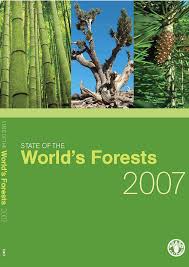
Understanding ecosystem functional behaviour and its response to climate change necessitates a detailed understanding of vegetation phenology. The present study investigates the effect of an elevational gradient, temperature, and precipitation on the start of the season (SOS) and end of the season (EOS), in major forest types of the Kumaon region of the western Himalaya. The analysis made use of the Normalised Difference Vegetation Index (NDVI) time series that was observed by the optical datasets between the years 2001 and 2019. The relationship between vegetation growth stages (phenophases) and climatic variables was investigated as an interannual variation, variation along the elevation, and variation with latitude. The SOS indicates a delayed trend along the elevational gradient (EG) till mid-latitude and shows an advancing pattern thereafter. The highest rate of change for the SOS and EOS is 3.3 and 2.9 days per year in grassland (GL). The lowest rate of temporal change for SOS is 0.9 days per year in mixed forests and for EOS it is 1.2 days per year in evergreen needle-leaf forests (ENF). Similarly, the highest rate of change in SOS along the elevation gradient is 2.4 days/100 m in evergreen broadleaf forest (EBF) and the lowest is −0.7 days/100 m in savanna, and for EOS, the highest rate of change is 2.2 days/100 m in EBF and lowest is −0.9 days/100 m in GL. Winter warming and low winter precipitation push EOS days further. In the present study area, due to winter warming and summer dryness, despite a warming trend in springseason or springtime, onset of the vegetation growth cycle shows a delayed trend across the vegetation types. As vegetation phenology responds differently over heterogeneous mountain landscapes to climate change, a detailed local-level observational insight could improve our understanding of climate change mitigation and adaptation policies. © 2022 by the authors.